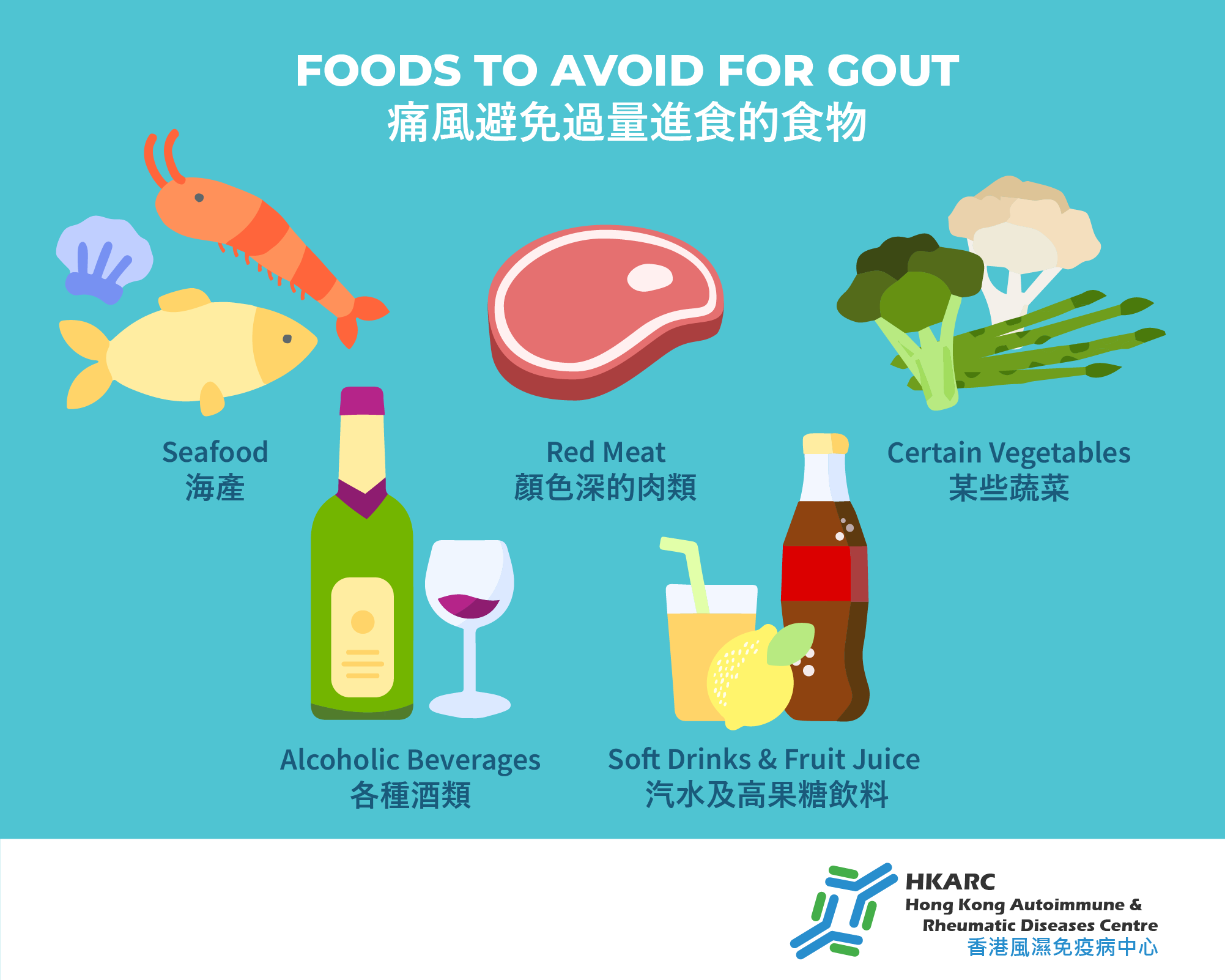What is Gout?
Gout arthritis is caused by the accumulation of uric acid crystals. When purines in food are broken down by the body, uric acid is produced. If uric acid levels become too high, crystals form, which can deposit in the joints and cause swelling and pain. Since crystals tend to form at lower temperatures, the most common sites for gout attacks are the distal joints, such as the toes, metatarsophalangeal joints, and fingers. Long-term accumulation of uric acid crystals can also result in tophi (gouty nodules).
Beyond causing recurrent arthritis and affecting quality of life, elevated uric acid levels can also, over time, lead to kidney stones, impair kidney function, and increase the risk of vascular diseases such as coronary heart disease and stroke—though these long-term effects are often overlooked. Patients with gout should not only manage acute inflammation but also discuss with their doctor about target uric acid levels and develop a long-term treatment plan.
Treatment methods
To prevent gout and control uric acid levels, dietary regulation is crucial.
Foods to avoid for gout patients:
- Alcoholic beverages
- Sodas and fruit juices
- Seafood such as shrimp, crab, mussels
- Fish like sardines, mackerel, anchovies
- Animal liver and kidneys
- Rich broths
- Hot pot
- It is also important to drink enough water daily to dilute uric acid in the blood and urine. Moderate exercise and weight control are also helpful in managing gout.
In addition to lifestyle modifications, early use of uric acid-lowering medication should be considered, especially for young patients, those with high uric acid levels, or those with kidney stones or other chronic conditions. Generally, the target serum uric acid level should be 6 mg/dL (0.36 mmol/L) or below. At around 37°C, uric acid below this concentration is less likely to crystallize, reducing the chance of gout attacks. Proper control of uric acid not only helps prevent attacks but also benefits kidney and cardiovascular health.



